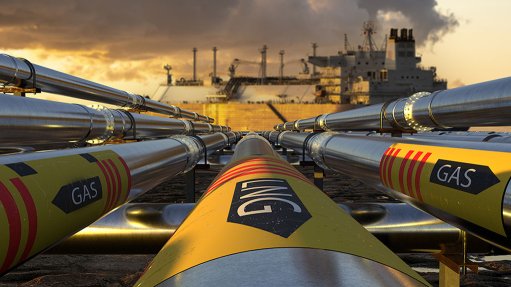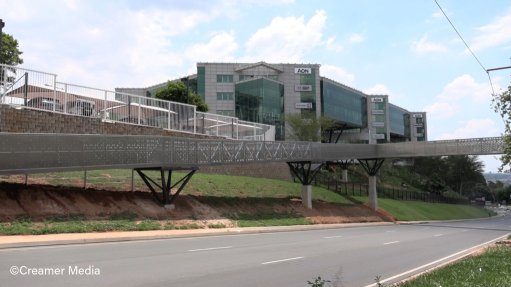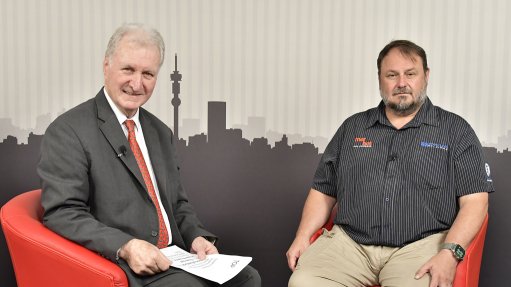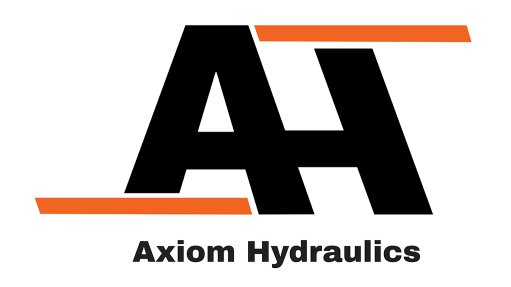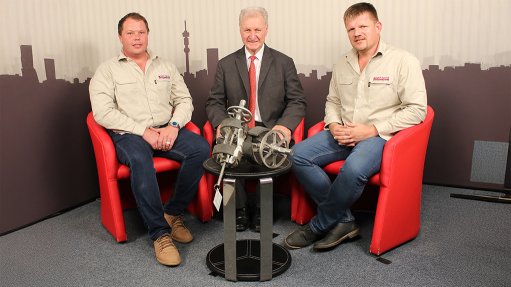Digitalisation enhances project efficiency, quality

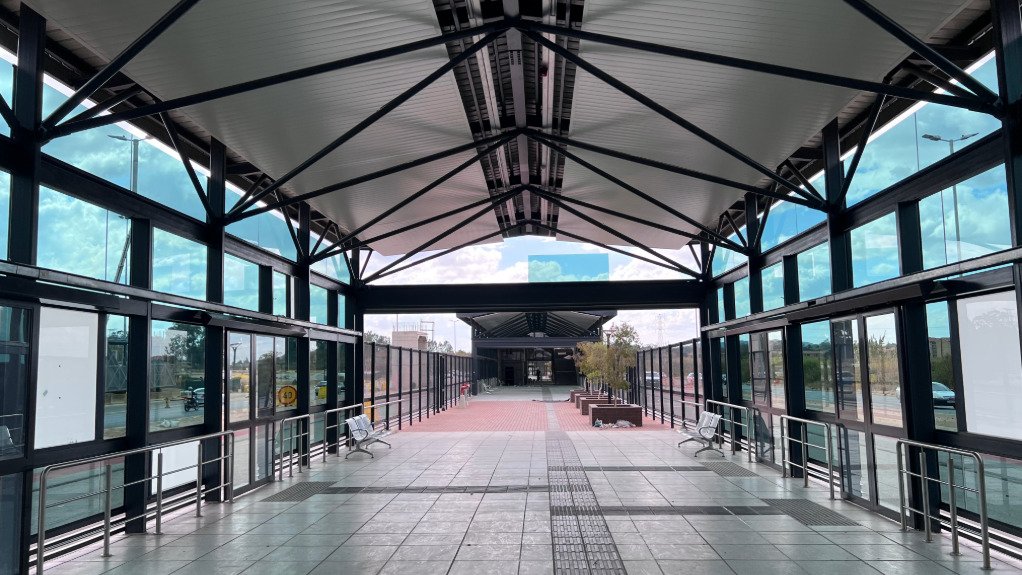
IMPROVING STANDARDS Off-site fabrication has improved both safety and workmanship standards which allows for detailed and potentially hazardous tasks to be completed in controlled environments
Photo by SAICE
Advancements in digital design tools, improved technologies and the shifting dynamics of the steel supply chain have helped to enhance project efficiency, safety and quality, South African Institution of Civil Engineering structural division chairperson Kobus van der Merwe explains.
“These developments have improved turnaround and delivery timelines, as use of these tools and technologies helps to ensure that stock is readily available before construction starts,” states Van der Merwe.
Additionally, the trend toward bulk ordering and premanufacturing has contributed to reduced costs, while limiting the impact of steel price fluctuations over the long term.
Van der Merwe notes that off-site fabrication has helped to improve both safety and workmanship standards, as it allows for detailed and potentially hazardous tasks to be completed in controlled environments, away from busy construction sites.
Other key trends include the use of new coating systems that extend the life of steel structures, particularly as the steel fabrication industry moves toward long-term, maintenance-free designs.
Further, “because these coatings are designed for use in varying applications across most industries, they are well designed and have been tested repeatedly, thereby lending credence to their being considered ‘tried and trusted’,” he adds.
However, he cautions that these coatings have “specialised application requirements”, which can present challenges for rural projects where adequately-skilled painters are less accessible. The dearth of skilled painters could also lead to a decline in quality control standards, with regard to coating application.
Nonetheless, Van der Merwe notes that the trend toward digitalisation is also driving industrial transformation, with the widespread adoption of design software and building information modelling (BIM) streamlining project workflows from conception through to completion.
He notes that BIM “creates more clarity for the contractor or fabricator, helping them see all the details that could complicate aspects such as procurement and project pricing and helping them create detailed shop drawings”. This leads to faster assembly, fewer errors and lower overall project costs.
Despite the potential upside of all these trends, local supply constraints continue to adversely affect the local industry’s competitiveness. This is because imported steel is often priced below local production, which has forced local suppliers to focus on less common or less popular steel sections, leading to supply shortages in the country.
Additionally, these shortages hike up construction costs and restrict design flexibility.
Van der Merwe suggests that local consultants and designers should continue to digitalise their work processes to remain competitive internationally, and should also explore the reuse of recyclable materials, such as steel, from older buildings to promote circularity, sustainability and cost-efficiency.
He concludes that overall, the convergence of digital innovation, global market pressures and advances in materials science is reshaping the future of South Africa’s structural engineering landscape.
Article Enquiry
Email Article
Save Article
Feedback
To advertise email advertising@creamermedia.co.za or click here
Comments
Press Office
Announcements
What's On
Subscribe to improve your user experience...
Option 1 (equivalent of R125 a month):
Receive a weekly copy of Creamer Media's Engineering News & Mining Weekly magazine
(print copy for those in South Africa and e-magazine for those outside of South Africa)
Receive daily email newsletters
Access to full search results
Access archive of magazine back copies
Access to Projects in Progress
Access to ONE Research Report of your choice in PDF format
Option 2 (equivalent of R375 a month):
All benefits from Option 1
PLUS
Access to Creamer Media's Research Channel Africa for ALL Research Reports, in PDF format, on various industrial and mining sectors
including Electricity; Water; Energy Transition; Hydrogen; Roads, Rail and Ports; Coal; Gold; Platinum; Battery Metals; etc.
Already a subscriber?
Forgotten your password?
Receive weekly copy of Creamer Media's Engineering News & Mining Weekly magazine (print copy for those in South Africa and e-magazine for those outside of South Africa)
➕
Recieve daily email newsletters
➕
Access to full search results
➕
Access archive of magazine back copies
➕
Access to Projects in Progress
➕
Access to ONE Research Report of your choice in PDF format
RESEARCH CHANNEL AFRICA
R4500 (equivalent of R375 a month)
SUBSCRIBEAll benefits from Option 1
➕
Access to Creamer Media's Research Channel Africa for ALL Research Reports on various industrial and mining sectors, in PDF format, including on:
Electricity
➕
Water
➕
Energy Transition
➕
Hydrogen
➕
Roads, Rail and Ports
➕
Coal
➕
Gold
➕
Platinum
➕
Battery Metals
➕
etc.
Receive all benefits from Option 1 or Option 2 delivered to numerous people at your company
➕
Multiple User names and Passwords for simultaneous log-ins
➕
Intranet integration access to all in your organisation








